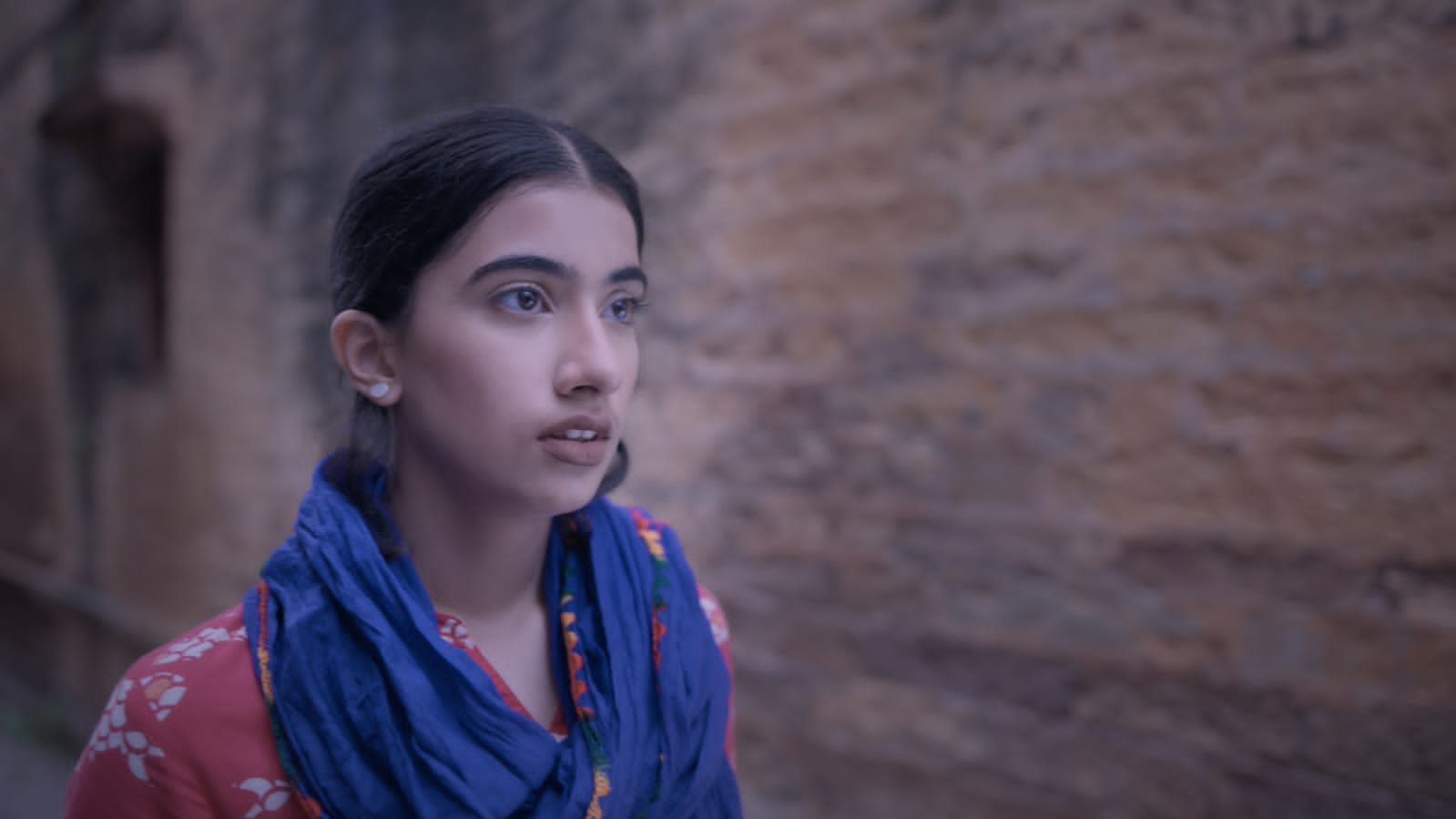
*Film Review: Panchakriti - Five Elements*
*Banner: Yubon Vision Private Limited*
*Story: Haripriya Bhargav, Sanjay Bhargav, and Kumar Rakesh*
*Producers: Haripriya Bhargav, Sanjay Bhargav*
*Director: Sanjay Bhargav*
*Music: Rajesh Soni*
*Rating: ⭐⭐⭐⭐*
In today's world, where one side is stepping onto the moon, the other side still witnesses distressing stories of women's oppression on a societal level. In such a scenario, if a filmmaker/director crafts a movie while placing women's respect and empowerment at the core, it truly becomes an inspirational step. "Panchakriti" is precisely this extraordinary convergence of five stories that attempts to change society's perception towards women by showcasing their strength and resilience.
Set in the backdrop of Chanderi town in North Central India's Bundelkhand region, the film's narrative revolves around both Bundelkhand and Rajasthan, emerging as essential elements in the storytelling. The movie commences with a blend of Bhakti (devotion) and Vijaayendra Kala's powerful performance, intertwined with the tale of astrology and tantric practices, which holds the audience's attention until the end. Bundelkhand's renowned Suaata Pooja and the societal outlook on women and religious devotion are showcased effectively. The subsequent stages of the story illustrate the imperative to not commit prenatal violence, driven by superstitions. Despite being prevalent, the slogan "Save the Daughter, Educate the Daughter" still persists as both a social and criminal offense in a country that proclaims it. The director brilliantly presents the concept of a future child, offering a captivating narrative.
The film beautifully portrays rural India's rich cultural heritage, traditions, and customs, especially Bundelkhand and Rajasthan. The film aims to highlight women's empowerment, Suaata Pooja, and the "Save the Daughter" initiative. "Panchakriti: Five Elements" is based on a blend of five stories set in the town of Chanderi, Bundelkhand. Alongside India's renowned artists, emerging talents are also showcasing their acting prowess, contributing significantly to the film. The film's narrative acts as a bridge to bring audiences back to the theaters after the challenges posed by the pandemic, especially single-screen theaters facing a decline in footfall. In the era of OTT platforms, if audiences choose to come to the theater to watch this film, it would be a remarkable achievement, given its strong concept, superior locations, and technical aspects.
Speaking of the performances, much like in major films, Vijayendra Kala effectively portrays the character of Pandit from the outset, setting the tone. Umesh Bajpai as Maurya Ji also draws attention. As the story progresses, Mahi Soni, portraying Mahi, and Tanmay Chaturvedi as Mukesh shine in their roles. Kurangi Vijayshree Nagaraj flawlessly depicts Sakhi's character with sincerity. Devyani Chaube brings depth to the character of Ratna. Sagar Wahi's portrayal of Sunny, particularly in the later stages of the film, is impactful, while Sarika Bahroliya, as his opposite, Rajini, also impresses. Ravi Chauhan as Rajni's father displays commendable acting skills. Additionally, Parag Porwal's Kusum is also skillfully depicted. Overall, the film successfully conveys its message and now depends on the audience's appreciation and love for "Panchakriti."